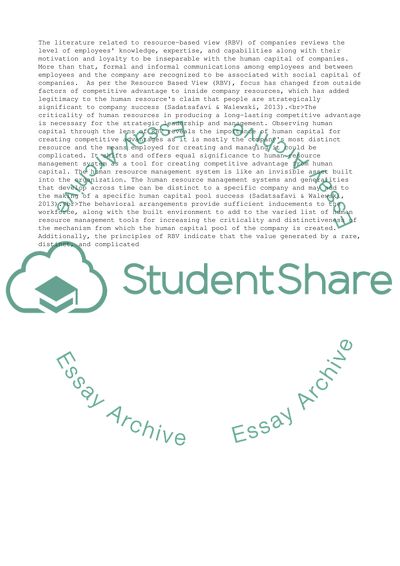Cite this document
(Human Resource Management Overview in Health Care Research Paper - 1, n.d.)
Human Resource Management Overview in Health Care Research Paper - 1. https://studentshare.org/human-resources/1803990-human-resource-management-overview-in-health-care
Human Resource Management Overview in Health Care Research Paper - 1. https://studentshare.org/human-resources/1803990-human-resource-management-overview-in-health-care
(Human Resource Management Overview in Health Care Research Paper - 1)
Human Resource Management Overview in Health Care Research Paper - 1. https://studentshare.org/human-resources/1803990-human-resource-management-overview-in-health-care.
Human Resource Management Overview in Health Care Research Paper - 1. https://studentshare.org/human-resources/1803990-human-resource-management-overview-in-health-care.
“Human Resource Management Overview in Health Care Research Paper - 1”. https://studentshare.org/human-resources/1803990-human-resource-management-overview-in-health-care.


